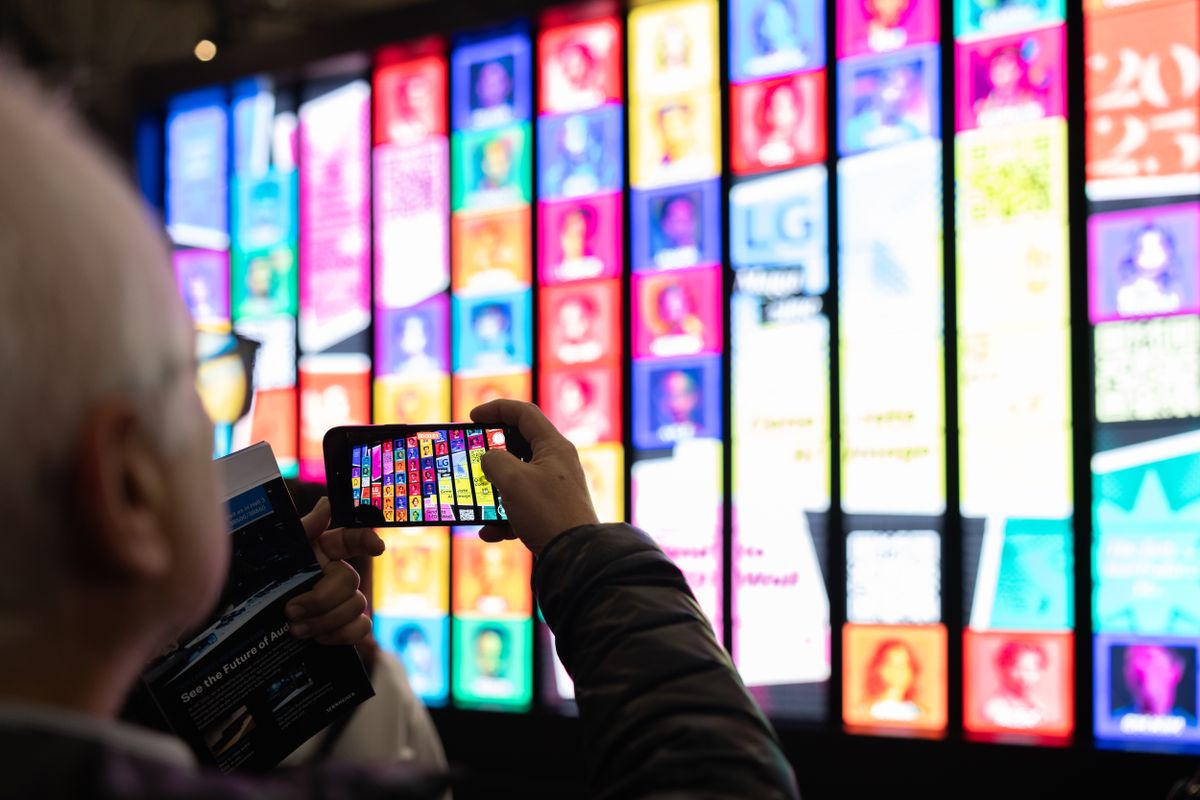
Nitrous oxide—also known as laughing gas or nangs—is cheap, widely available and popular among young people. Yet it often flies under the radar in public health programs and education settings. For example, it's not included in the drug education curriculum in Australian schools .
In our new study , we spoke to young people (aged 18 to 25) who have used nitrous oxide . We found they were unaware of its risks—even when they reported symptoms such as "brain fog" and seizures. What is nitrous oxide? Nitrous oxide is regularly used for sedation and pain relief in dentistry and childbirth.

The gas, which has no color or flavor, is also used recreationally and is known as nangs, nos, whippits and balloons. In fact, nitrous oxide has been used to get intoxicated since its creation in 1722, and wasn't used in surgery until 1842 . It can create a feeling of dissociation from the body, changes in perception and euphoria.
This lasts about one minute. In Australia, nitrous oxide is cheap and accessible. This is because the gas is also used in baking , for example to whip cream.
So, while it's not legal to sell nitrous oxide for recreational use, the canisters or "bulbs" are widely available online via 24-hour delivery services. People usually discharge the gas into a balloon or a whipped cream dispenser and then inhale. Nitrous oxide is intensely cold —minus 40 degrees Celsius.
How common is it? We still don't have much data about who uses nitrous oxide and how often. Compared to other drugs , there is minimal research on its recreational use . However researchers believe it is becoming more common globally, especially among young people.
For example, in 2022, nitrous oxide was the second-most used controlled substance among 16–24-year-olds in the United Kingdom after cannabis . In January 2023, the Netherlands banned the sale and possession of nitrous oxide after 1,800 road accidents , including 63 fatal crashes, were linked to the drug in a three-year period. The Global Drug Survey reported a doubling in nitrous oxide use between 2015 and 2021, from 10% of respondents to 20%.
But this voluntary survey is not representative of all people who use drugs. While it is an indication of people's nitrous oxide use, the picture remains patchy. What are the health risks? Nitrous oxide is not the most harmful drug people can use, but that doesn't make it safe .
Inhaling nitrous oxide has short-term health risks , including : Using a lot of nitrous oxide at one time can result in passing out (from lack of oxygen) and seizures. Calling an ambulance is necessary if this happens. Longer-term health problems may include: The availability of much larger canisters ( including flavored varieties ) is also linked to an increase in significant harms .
These can deliver roughly 70 times the amount of nitrous oxide as traditional small canisters. Larger bulbs allow people to consume more of the gas at one time and they often experience health problems more quickly as a result . However, there is still limited knowledge about nitrous oxide in the health system.
This means its health risks are often compounded because it is overlooked by those assessing medical conditions and because people deny using it. Our research During the first stage of our 2025 Australian study , we interviewed seven young people (aged 18 to 25) who had used nitrous oxide at least ten times. While the number of interviewees was small, the stories they told were very similar.
They were either unaware of, or unconcerned about, the drug's potential risks. This is despite their own experiences of psychological and physical problems. They reported becoming unconscious, getting burns from the gas on their hands and faces, sores around the mouth and even having seizures.
Of particular concern to us was use before driving because people did not recognize the lingering effects of the gas on concentration. Our study participants also spoke about "memory zaps" or "brain fog." Regular use of nitrous oxide affected people's ability to participate in work and study, with some saying it was also bad for their mental health.
These thinking problems are a concerning side effect. Yet it's one that has not been adequately investigated. The role of social media Videos of young people using nitrous oxide can easily be found on social media .
This not only points to its popularity but suggests social media could be a good place to reach young people with information about the drug and harm reduction. In the second stage of our research, we worked with 30 young people who used nitrous oxide to co-create harm-reduction resources. As a group, we developed videos, photos and text for our nitrous oxide-specific social media accounts on Tik Tok and Instagram and for posts on various subreddits .
These describe ways to use the drug more safely. For example, the " take a breath " messaging suggests breathing the nitrous oxide in for only ten seconds at a time to ensure enough oxygen. " Take a seat " advises sitting down while using nangs, to avoid injuries from falling.
More information: Hannah Walter et al, Exploring the experiences and perceptions of young people's recreational nitrous oxide use, Advances in Dual Diagnosis (2025). DOI: 10.1108/ADD-07-2024-0012 This article is republished from The Conversation under a Creative Commons license.
Read the original article ..















